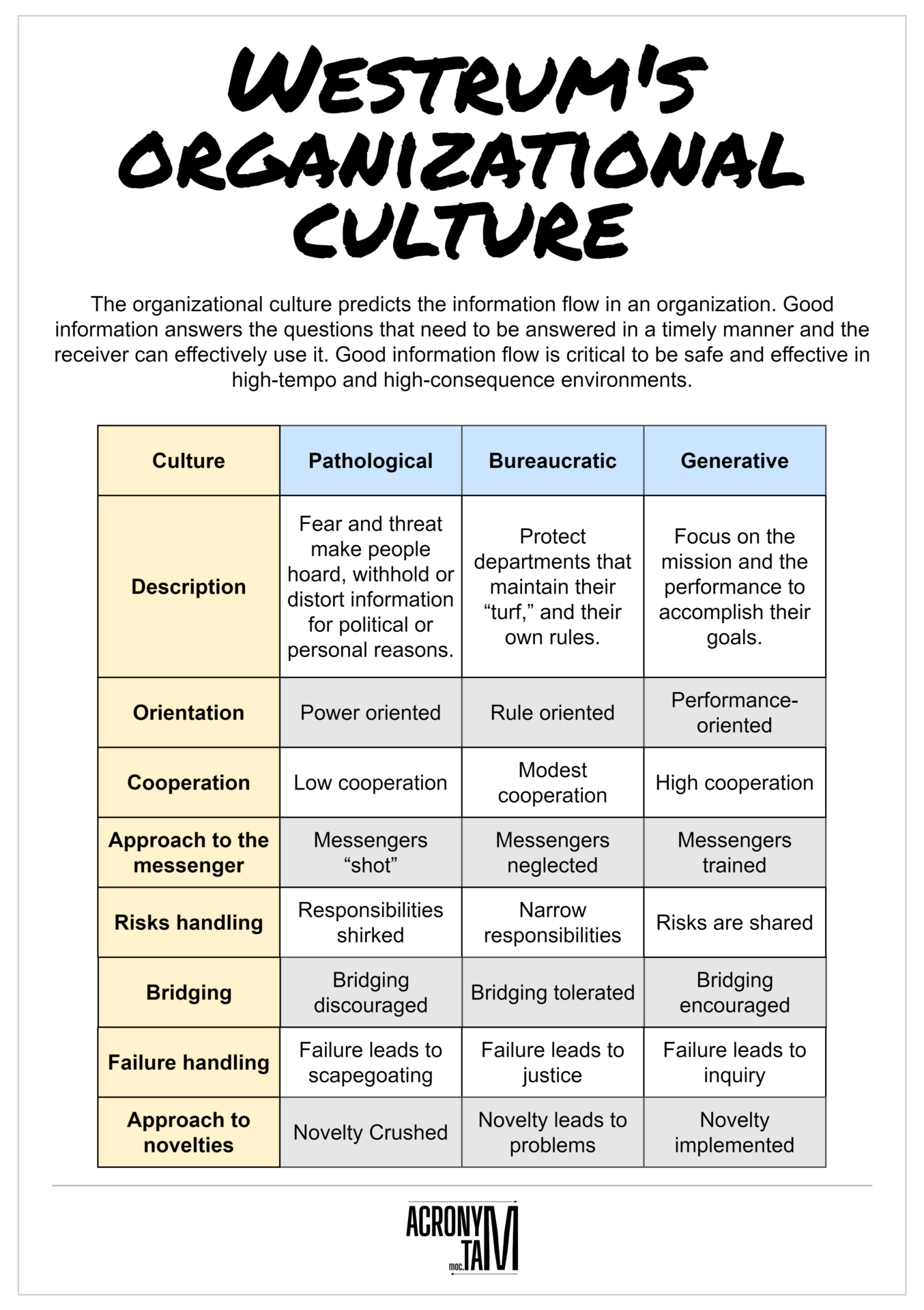Accelerate: The Science of Lean Software and DevOps by Nicole Forsgren, Jez Humble, and Gene Kim is a game-changing book according to me. The authors identify key practices that help organizations achieve high performance in software development and delivery. Something we don't have to re-invent but rather adopt. I can say several factors are already in full fledge in my organization which I am proud about.
Below I am sharing some of the top insights from the book:
The book identifies four key metrics that distinguish high-performing software teams from the rest. Without proper metrices, we wont know how effective the measures are.
- Deployment Frequency: How often an organization deploys code to production.
- Lead Time for Changes: The time it takes to go from code committed to code successfully running in production.
- Change Failure Rate: The percentage of deployments that cause a failure requiring remediation.
- Mean Time to Restore (MTTR): How quickly the team can recover from a failure in production.
High-performing teams deploy more frequently, have shorter lead times, experience fewer failures, and recover quickly when issues arise. This is what I am trying to achieve within my team. These are a mix of best practices and a very positive mindset from the core team members who are motivated and can motivate the rest of the members who work with them. Real tough aspect to begin with but can achieve by mentoring and retrospection.
A common myth in software development is that speed comes at the cost of stability. However, Accelerate debunks this by showing that high-performing teams achieve both. Fast, frequent deployments actually reduce risk because they allow teams to detect and fix problems early. I would say fail fast and innovate faster methodology is what I support.
💡Reports suggest that Amazon achieves a deployment approximately every 11.6 seconds, equating to about 7.75 deployments per minute or roughly 465 deployments per hour. Wow!
Technical Best Practices
The book emphasizes several key technical practices that improve software delivery performance:
- Continuous Integration and Continuous Delivery (CI/CD): Automating the build, test, and deployment processes.
- Version Control for Everything: Keeping both application code and infrastructure configurations in version control.
- Automated Testing: Reducing manual testing bottlenecks and ensuring reliability.
- Shift Left on Security: Integrating security practices early in the development cycle.
A Strong Engineering Culture
The study found that culture is a critical factor in software performance. Using the Westrum organizational culture model, the book highlights that high-performing organizations have a generative culture—characterized by trust, collaboration, and learning—rather than a bureaucratic or pathological one.
Lean Management Practices
The book connects software delivery success with lean management principles, including:
- Limiting Work in Progress (WIP): Reducing multitasking and ensuring smooth workflows.
- Empowering Teams: Allowing teams to make decisions autonomously.
- Measuring and Monitoring Systems: Using real-time data to track system health and performance.
Investing in DevOps Pays Off
Organizations that embrace DevOps practices see clear business benefits, including higher revenue, increased customer satisfaction, and lower operational costs. The research also found that DevOps adoption is not limited to tech companies—any organization that builds and maintains software can benefit.
Transformational Leadership is Key
Successful digital transformations require strong leadership. The book identifies transformational leadership traits such as:
- Encouraging experimentation
- Supporting teams in taking risks
- Removing roadblocks to innovation
- Creating an environment of continuous learning
Accelerate provides a compelling, research-backed case for adopting DevOps and Lean principles. The insights from the book are especially valuable for leaders looking to improve software delivery, increase agility, and build high-performing teams. By focusing on the right metrics, embracing technical best practices, and fostering a culture of learning, organizations can achieve remarkable software delivery performance.
If you’re involved in software development, engineering leadership, or digital transformation, this book is a must-read!


No comments:
Post a Comment